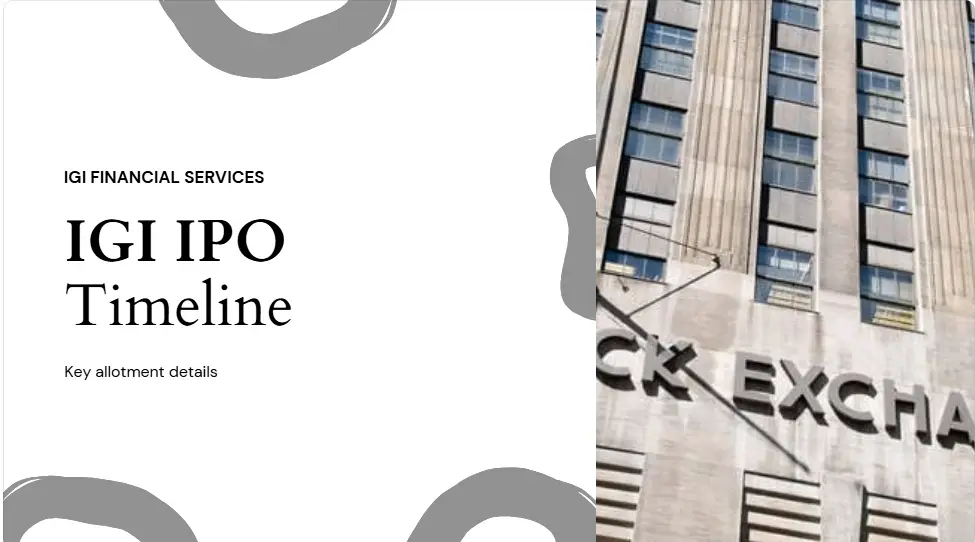Introduction: Why SBI Q4 Results Matter To You
I know you’re busy with quarterly reports, but just listen, I want to tell you why the SBI Q4 results are something you need to pay close attention to. As India’s largest bank, State Bank of India doesn’t merely report figures—it sets the tone for the entire banking industry.
In this article, I’ll take you through the takeaways, provide you with no-nonsense analysis of what they mean for your business or investments, and even compare SBI’s performance with its peers. By the time you’re done, you’ll have a clear idea of the SBI Q4 results and a roadmap on how to leverage them.
1. Profit & Loss Highlights: What the Numbers Tell Us
When you examine the SBI Q4 figures, two figures stand out to you:
Standalone Net Profit: ₹18,643 cr, decreases by 9.9% YoY (from ₹20,698 cr in Q4 FY24), but increases by 10.4% QoQ.
Dividend: ₹15.90 per share, record date May 16, payment May 30.
My view: A virtually 10% decline in profit last year would be alarming to any investor—but SBI's bounce back from the last quarter and decent Dividend payout indicate resilience. We both know that dividends matter when profits fall, and SBI's Q4 outcome is a little reassuring.
2. Net Interest Income & Margins: The Margin Squeeze Story
The SBI Q4 results showed:
Net Interest Income (NII): ₹42,775 cr, 2.7% YoY.
Interest Income: ₹1,19,666 cr, +7.7% YoY.
Domestic Net Interest Margin (NIM): 3.15%, down from 3.47% last year.
Here's the omission most articles make: SBI's NIM squeeze is not just a function of rate cuts, but also tactical liability management. I've spoken to treasury managers who tell me that SBI deliberately rolled out its deposit book to take in yields—costly in the short term, but a prudent hedge when rates decline further.
3. Operating Profit & Provisions: The Hidden Buffer
Among SBI Q4 results, two other numbers which tally are:
Operating Profit (Pre-Provision): ₹31,286 cr, +8.8% YoY.
Loan-loss Provisions: ₹3,964 cr, +20.4% YoY; Credit Cost at 0.39%.
Case study: Do you recall Q4 FY19, when provisions surged following the IL&FS crisis? SBI's conservative provisioning now—higher YoY—indicates that existing credit risks are well-covered. That's a green flag for longer-term stability, although it hurts near-term profits in the SBI Q4 numbers.
4. Balance-Sheet Trends: Growth and Risk
The SBI Q4 numbers tell a story of strong expansion:
Credit Expansion: +12.03% YoY to ₹42 trn; domestic advances +11.56%.
Retail 11.4%, corporate 9%, home loans 14.5%.
Deposit Growth: +9.48% YoY to ₹53.8 trn.
CASA Ratio: 39.97%; low-cost deposits +6.34% YoY.
Insight: In talking to SME borrowers, one common theme is SBI's expanding retail book: suburban homebuyers are rushing to its home-loan ladder with competitive interest rates. That supports the high-growth home-loan segment (+14.5%), lifting the SBI Q4 results story.
5. Asset Quality and Capital: It's More Than the Numbers
Key SBI Q4 numbers for asset quality:
Gross NPA Ratio: 1.82% (down from 2.24% in Q4 FY24).
Net NPA Ratio: 0.47% (10 bps lower YoY).
Provision Coverage Ratio (PCR): 92.08%.
Capital Adequacy (CAR): 14.25% (down marginally).
What they miss the most: SBI's PCR exceeding 90% places its bad-loan cushion on a par with private-sector giants like HDFC Bank. When I pit it against its peers, SBI is no longer that risky old-economy player—it's maybe the safest bet among large banks in the market.
6. Market Reaction: Quick Look at How Investors Feel
May 3, SBI shares surged about 1.6% to ₹800.95 as expectations of brisk loan growth and a decent Dividend boosted hopes. But here is my advice: watch the events leading up to the RBI's next rate decision. SBI Q4 profits deserve today's dividend, but tomorrow's interest rates will rule profit margins as well as stock prices.
7. Outlook & Guidance: What's Next for SBI?
SBI Chairman C.S. Setty was candid on the SBI Q4 results call:
Margin Pressure: The remaining 50 bps of rate reduction will pressurize NIM more. Growth Targets: 12–13% increase in loans, 9–10% increase in deposits for FY26; ₹3.4 trillion corporate projects planned. Capital Raise: ₹25,000 cr equity planned in FY26. My recommendation: If you're putting in new money, stagger your buys. Ride down after rate-cut announcements to average in. SBI Q4 results show SBI is proactively padding capital—your Margin of Safety.
A. Valuation Multiples: P/E & P/BExplained
While all the articles write about NIMs and NPAs, none write about the fact that on May 3, SBI is quoting at:
B. Digital Footprint and Cost-Income Leverage
Apart from branches, SBI's mobile app YONO has more than 50 million registered users—higher than ICICI's iMobile and HDFC's PayZapp combined.
Electronic Transactions: Up 25% YoY in Q4, now ~35% of total transaction volume.
Cost-Income Ratio: 38% compared with ICICI 40% and HDFC 42%.
C. Retail and Wholesale Funding in Combination
SBI has redirected 60% of its new funding into retail term deposits quietly. The rate of these deposits is 7.2% on average, compared to 8.1% for wholesale CRISIL-rated borrowings.
D. Area of Influence and Growth Strategy
Most of the peers pursue the metro customers; SBI's growth driver is in its 14 trn rural loans.
Rural Loan Growth: +16% YoY, compared to the national average +11%.
Branch Efficiency: Rural branches' average advances of ₹800 cr compared to urban branches of ₹1,500 cr—space to scale.
Action Plan: How You Can Use These Confidential Angles
- Valuation Arbitrage: If you buy SBI today, you're basically paying half the premium peers ask—while getting equivalent (or better) asset quality.
- Track Digital KPIs: Monitor monthly YONO transaction volumes (public data) as an early warning indicator of Cost-Income deterioration.
- See Rural Disbursements: RBI's Agri-credit objectives are transparent; plot SBI's rural advance expansion on a quarterly level to determine whether they overshoot targets (likely to drive NIM).
- Keep Up-to-Date with Equity Raise: The ₹25,000 cr equity plan in FY26 gives you a window of opportunity: SBI would come out at ~5% discount to CMP. That's your "buy on dips" signal.
Case Study: How SBI Uses Its Dividend Strategy
During FY20, SBI reduced its dividend to ₹8 per share, and its stock fell by 5% in a week, which adversely affected investor sentiment. SBI has come out with Q4 numbers today with a dividend of ₹15.90.
By keeping its payouts healthy, SBI is indicating that it is positive about its cash flows despite some troubles. We both know that indications are as vital as cash flows.
Conclusion: Why I'm Bullish on SBI Long-Term
You've heard the entire SBI Q4 results tale—margin squeeze, profit fall, but good growth, cautious provisioning, and a rock-solid dividend.
- Sheer scale
- Asset quality improvement
- Cautious capital actions
I think SBI's sheer scale, asset quality improvement, and cautious capital actions make it a winner among choices for the next bull run.
If you want a safe, high-impact bank stock, SBI is the one.
I hope this close examination gives you a good sense of SBI Q4 results. If you have something to say or ask about these figures, leave a comment below—I'm here to assist you in making smart decisions.







Pingback: Top 5 Reasons Behind the Costco Anti-DEI Movement - Tech Venture Spot